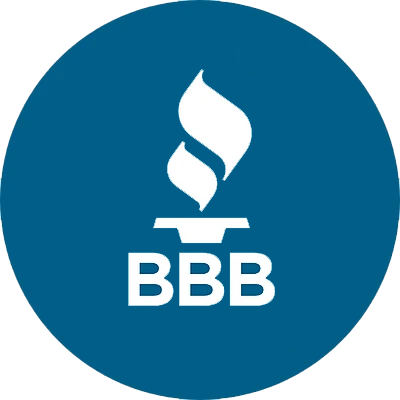Visit davedinkel.com for full privacy policy, terms of use, etc. Be sure to contact us through the website at davedinkel.com if you have questions or concerns ([email protected]). Results mentioned in this presentation and any video, article, and/or material related to Dave Dinkel and his associated businesses are not typical nor are a guarantee of any earning potential. No advice is to be construed as legal, accounting, or professional advice EVER. Please consult related licensed and qualified professionals before taking any action. No person(s) mentioned in the articles and /or shown on videos received compensation in any form for their opinions.
Evaluating Your Real Estate Investing Profit Closely
A listing agent told a Student that he had a buyer for the property the Student had under contract for $30,000 above the Student’s price. Thirty thousand dollars doesn’t sound bad but let’s look at the reality of the complete transaction.
To a casual observer this “shinning profit” may not be all it seems. I asked the Student if the end-buyer was a cash buyer and he said “no”. That greatly complicates the transaction on the B – C leg. In fact, the unknown nature of the end-buyer’s lender could mean a seasoning period restriction, delays that run for months or no financing at all. A quick solution would be to have the end-buyer have at least 25% of the purchase price as his down payment as this gives lenders a warm and fuzzy feeling.
Purchase Price $370,000
Sale Price $400,000
Expenses
- Closing Costs (est.) $ 4,000 (A – B leg)
- Hard Money Points (2) $ 7,400 (needed because B – C is getting conventional financing)
- Mortgage Recording $ 2,500
- Carrying Costs (1%/month) $ 7,400 (2 months only)
- Closing Costs (est.) $ 3,000 (B – C leg)
- Realtor’s commission (2.5%) $ 10,000
- Total Expenses (est.) $ 34,300
In the above example, the $30,000 potential profit that the agent sees turns into an actual loss of $4,300 and possibly much more if the end-buyer’s conventional lender had a seasoning period of 90 days! A seasoning period is a self-imposed cooling off period to keep an investor who is selling from flipping too soon – stinking thinking by the bank.
If the end-buyer was a cash buyer the Student could have saved money on #2, #3, #4 for a total of $17,300 but he would have paid $3,700 for transactional funding on the A – B leg. These changes would mean the Student could have made – $30,000 – $17,300 = $12,700 less transactional funding fee of $3,700 = A “net” profit of $9,000 – if everything fell into place.
A final option for a cash transaction would be to have the end-buyer pay the Student’s closing costs (not uncommon if end-buyer is motivated) and the agent to take 2% commission on the B – C leg. The result would be an estimated profit of $9,000 + $3,000 (#5) + $2,000 (#6) = $14,000 estimated “net” profit.
In this example, the Student having no money in the transaction, isn’t a bad real estate investing profit. However, the deal killer here was the end-buyer needing conventional financing and the uncertainty of actually getting timely financing.
Dave Dinkel
Frequently Asked Questions
Visit davedinkel.com for full privacy policy, terms of use, etc. Be sure to contact us through the website at davedinkel.com if you have questions or concerns ([email protected]). Results mentioned in this presentation and any video, article, and/or material related to Dave Dinkel and his associated businesses are not typical nor are a guarantee of any earning potential. No advice is to be construed as legal, accounting, or professional advice EVER. Please consult related licensed and qualified professionals before taking any action. No person(s) mentioned in the articles and /or shown on videos received compensation in any form for their opinions.


